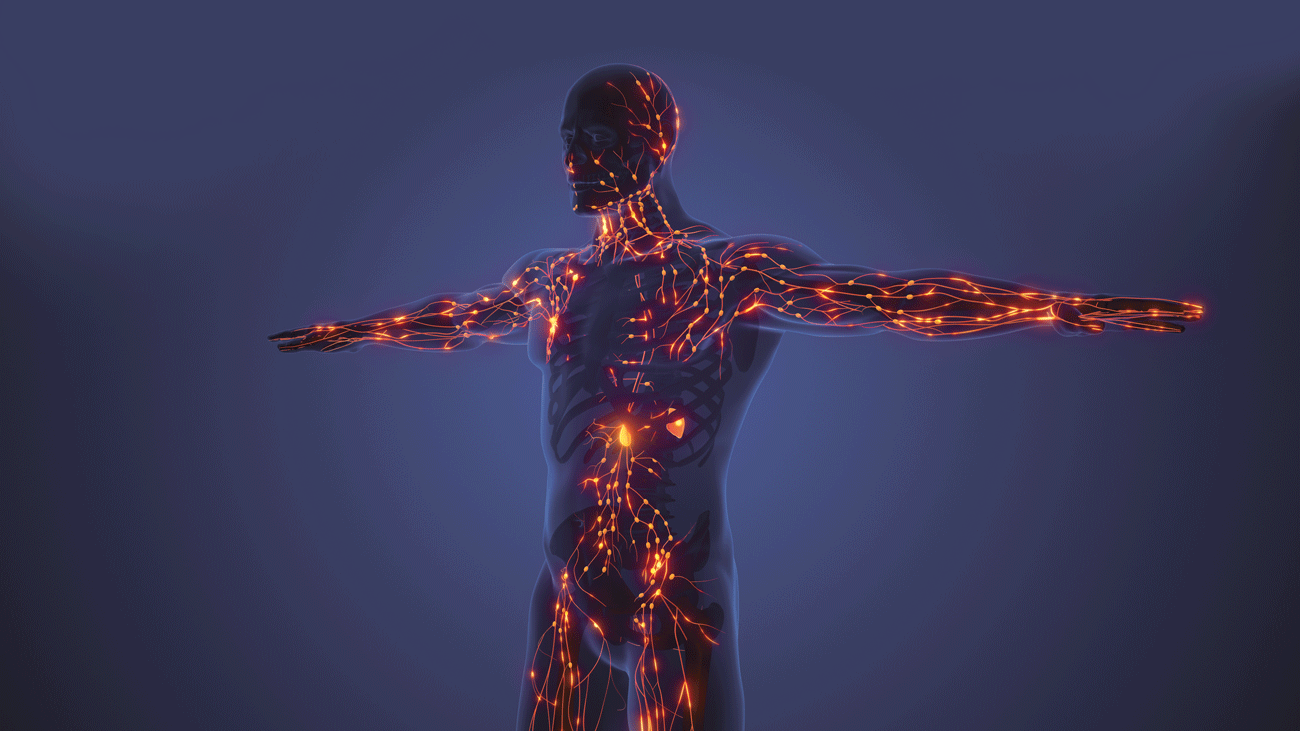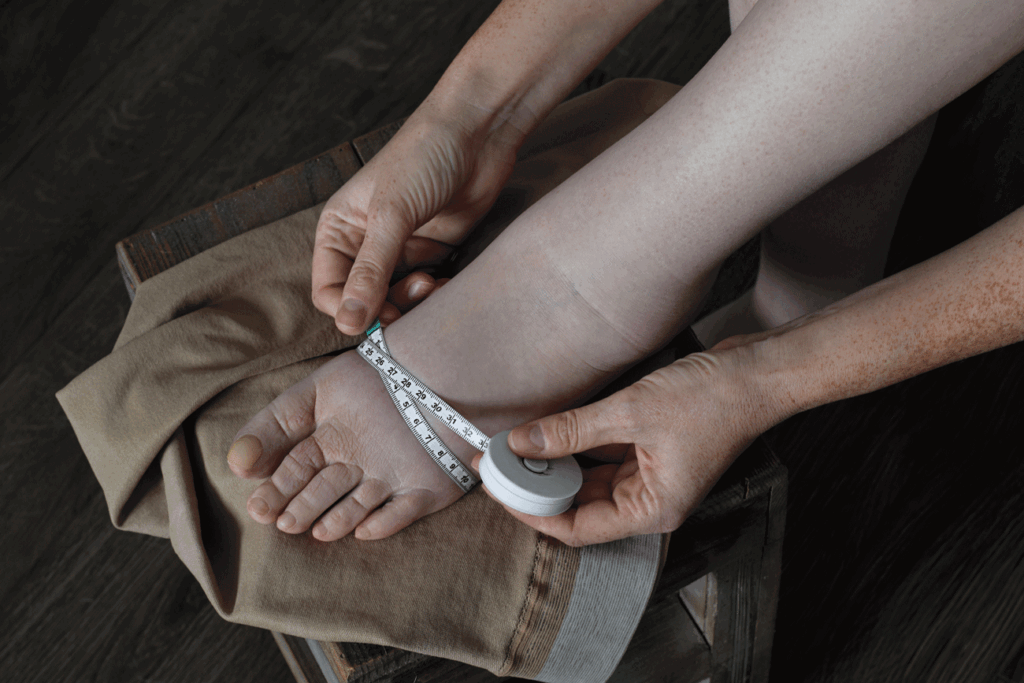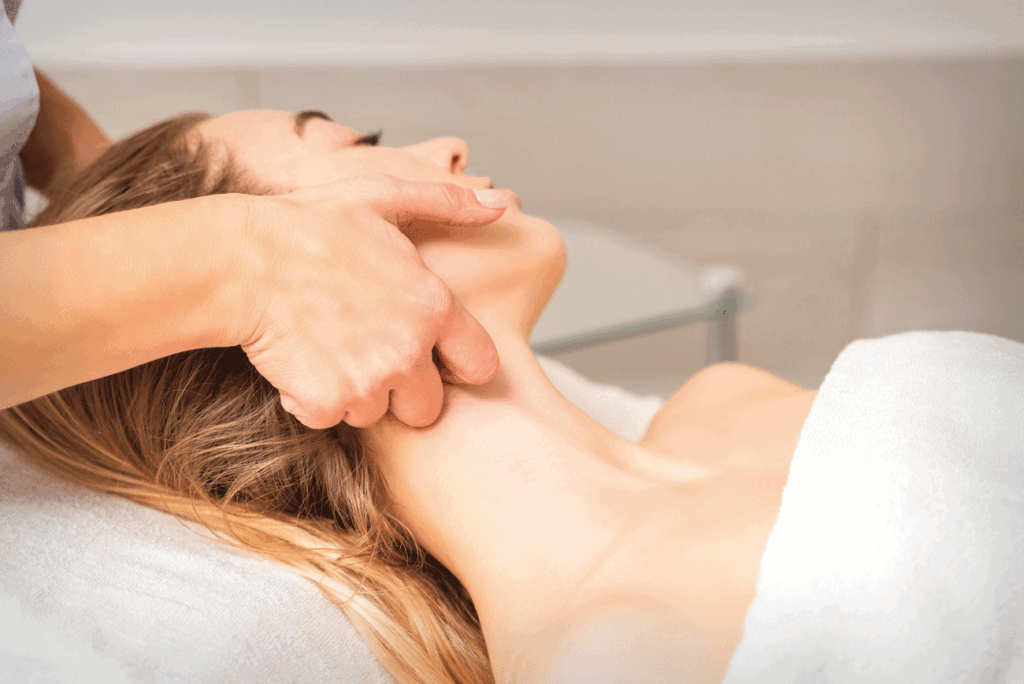
by Penny Lynch // Main Photo: Anatomy of the lymphatic system
In the complex web of our body’s systems, an often overlooked yet essential player is the lymphatic system. This intricate network of vessels and organs acts as a silent hero, tirelessly working to maintain our health and well-being.
The lymphatic system serves as the body’s sanitation crew, responsible for removing waste, toxins, and unwanted substances from tissues. Think of it as a drainage system to keep our cellular environment clean and free from harmful debris. Without proper lymphatic function, toxins accumulate, leading to inflammation, disease, and a host of health problems.
It also plays a pivotal role in our immune function. Lymph nodes, all 500+ of them, distributed throughout the body, act as checkpoints where immune cells monitor for pathogens and foreign invaders. When an infection is detected, immune cells are dispatched to the site to mount a defence, helping protect us from illness and disease.

The lymphatic system is crucial for maintaining fluid balance within the body. It helps regulate the distribution of fluids, ensuring that tissues receive the nutrients and oxygen they need while preventing excessive swelling or fluid buildup. This balance is essential for proper cell function and overall health.
What can we do to keep our lymphatic system functioning optimally?
Exercise helps keep it flowing smoothly and efficiently, because, unlike the heart that keeps our blood pumping 24/7, the lymphatic system doesn’t have a built-in pump. Therefore, when we move our bodies, our muscles contract and relax, creating a pumping action that helps to propel lymph fluid through the lymphatic vessels. This movement is essential for preventing lymph stagnation and promoting the removal of waste and toxins from tissues, thus increasing immune function, and keeping us healthy and resilient.
Adequate hydration is essential for maintaining lymphatic function. Drinking plenty of water helps keep lymph fluid flowing smoothly and promoting the removal of toxins and waste products from tissues.

Massage therapy helps to stimulate lymphatic circulation and promote drainage by applying gentle pressure to the body. Lymphatic massage techniques, such as manual lymphatic drainage (MLD), are specifically designed to target the lymphatic system. This type of massage technique can either be carried out by a professional or by learning the techniques yourself.
Compression socks or sleeves can help improve lymphatic circulation by applying gentle pressure to the limbs, which helps prevent fluid buildup and reduces swelling. These garments are particularly beneficial for individuals who are prone to lymphedema or who have poor circulation in their extremities.
Avoid wearing tight-fitting clothing, especially around areas where lymph nodes are concentrated (such as the groin, armpits, and waist), as this can restrict lymphatic circulation and impede drainage.











